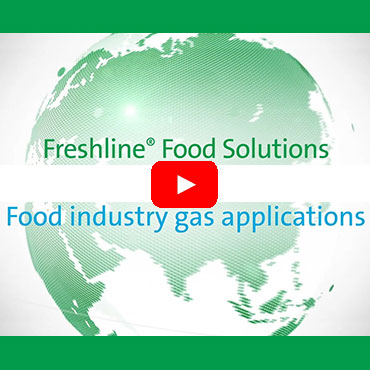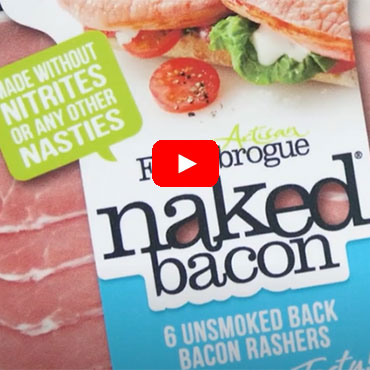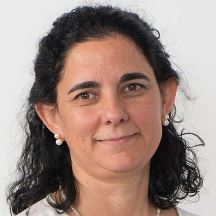We’re here to optimise MAP for your business

MAP mainly involves the use of three gases naturally present in the air that we breathe: CO₂, Nitrogen and Oxygen. Have a look at this short video with our UK expert Jon Trembley to find out why.

Air Products is delighted to be working alongside a company such as Finnebrogue; a dynamic team that is working hard to deliver on their company goals. Our shared values of safety, employee wellbeing, customer-first, and prioritising sustainability makes our partnership strong. Watch our video to discover how our supply of industrial gases and service expertise makes Air Products a key partner for Finnebrogue.
Freshline® Solutions for Plant-based Foods
Our Freshline® solutions preserve plant-based products, maintaining same taste and texture as fresh, while ensuring best shelf-life. Together -with our customers- we innovate to minimize food waste and optimise costs, delivering high-quality plant-based products.
Ask the Expert

Sonia Guri
Food Technology Expert UK
News & Views
Air Products welcomes two new specialists















